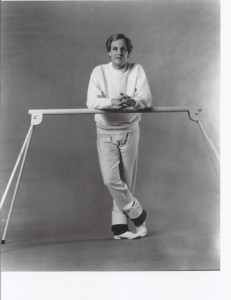This special episode of Elsy Dance, And… is a tribute to David Howard, who died of complications from a stroke in August 2013. David Howard was the “Teacher of Stars.”
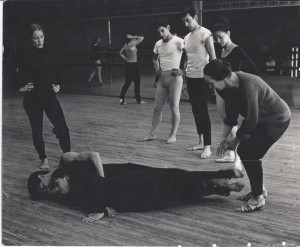
“I feel like Limón is very much alive, because we’re all doing his work and following his path – ‘from the horse’s mouth.’ His death was not real to me. I talk about him all the time. Limón is still very much alive,” Betty Jones, my former dance teacher said during an interview with me [...]
ElsyDance Releases Dances Aired on Mexico City’s Canal Once
Follow me on Twitter here. on May 9, 2013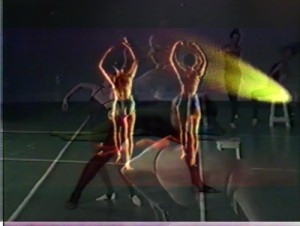
This video features Wind Woman, Sand Woman, Free Woman; Temperament; and Drums. These three dances aired on Mexico City’s Canal Once and have aired on MNN starting in 2012. This video was recently remastered and last aired on May 3, 2013.
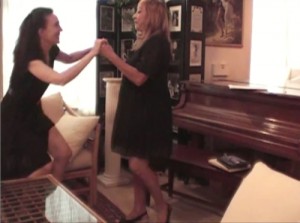
This video is the fourth and final part in my series of interviews with Lori Belilove, of the Isadora Duncan Dance Foundation. Like the prior installments, this video includes some of her works; my system of teaching with Patricia Aguilar; Elements and Creation of Man; and Nuclear Dance.

This video is the third of four parts in a series of interviews with Lori Belilove of the Isadora Duncan Dance Foundation and myself. Included are more of her works; class with Vladimir Dokoudovsky; Solari, Temperament, and Narciso Dead.

This video is the second in a four-part series of my interview with Lori Belilove of the Isadora Duncan Dance Foundation. Included are more of her works; my class with Kenny Larson; “Cosmic Dance;” “Wind Woman, Sand Woman, Free Woman;” and “Solo de Amor.”
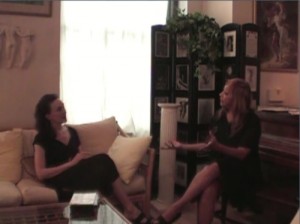
Back in early 2011, I interviewed Lori Belilove of the Isadora Duncan Dance Foundation. The interview was divided across four episodes on MNN.

Kirill Matveev was a beloved ballet teacher who died in 2011 at the age of 50 of a heart attack. This video concludes with a tribute by author Sun Huh which was performed at the February 2011 Experimental Performance Evening at Ballet Arts Center on 56th Street in New York City. The video originally aired [...]
ElsyDance Releases “Nuclear Dance” Re-Mastered with Picasso’s Guernica
Follow me on Twitter here. on October 27, 2012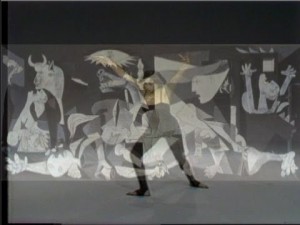
ElsyDance tonight has released Nuclear Dance which was re-mastered with Picasso’s Guernica, which was one of the inspirations for the dance. Like the original, this dance shows the beautiful forms of the human being and their impotence against a nuclear war The bodies of the dancers make forms of this world in suspension and unstable [...]
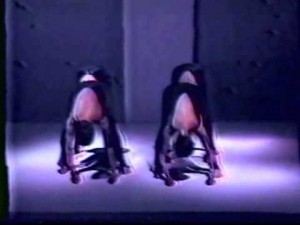
ElsyDance today released Obsidian Butterfly, which Elsy Contreras and Bryan Nissen co-choreographed. The dance was performed at Museo Tamayo in Mexico City with music by Carlos Santos and poetry by Octavio Paz, who won a Nobel Prize in Literature. Please see the Obsidian Dance choreography page for more details.

